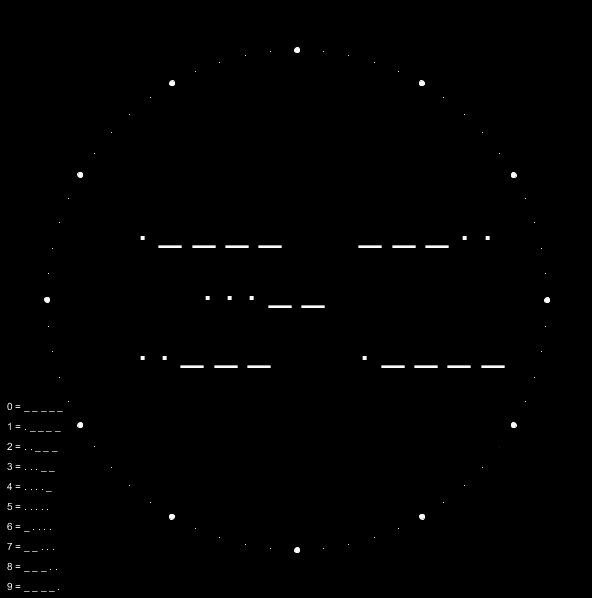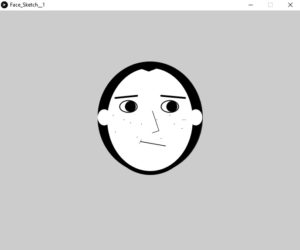
For my final project I ended up improving my Morse code clock. Initially, I expected to created a sort of “sketch mirror” that reflects what the camera reads and produces a sort of light sketch. Unfortunately, my knowledge of Processing was not vast enough to create that in a couple of weeks. Instead , I decided to finalize my favorite project. For this final version of the Morse Clock, I used the feedback I received after critiques and gave it a more modern look. First and foremost, a Morse code key was added. Making the clock comprehensive for anyone and everyone. I also removed the minutes and seconds hands , in order to have the clock be completely in code. The ellipse I used from a classic clock example on the processing open forum.
As far as the concept for the clock, it is something that came to me out of the desire to code a clock in another language. Coincidentally enough in my French class I was learning about numbers. Initially I was attempting to create a French clock, and felt unsatisfied with the concept. I was envisioning something more simplistic. Morse code was the first thing that came to mind.
Reference:
-Ar_topu10. “Analog Clock – Processing Forum.” RSS. Processing Forum, May 2016. Web. 13 Dec. 2016.





